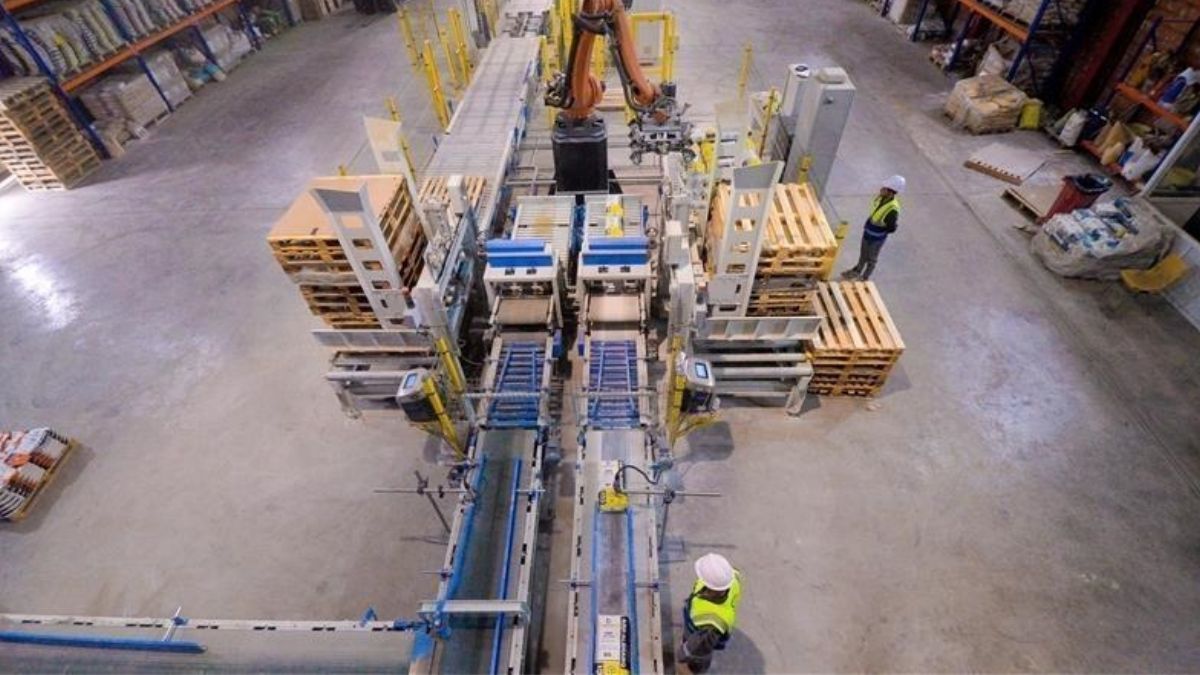 Image Credits - AA
Image Credits - AA
Advertisement
Orders for durable goods in the U.S., which include long-lasting items like new cars and machinery, saw a major rebound in July, according to the Commerce Department. The data, released Monday, reveals that overall durable goods orders surged 9.9% in July following a 6.9% drop in June. This increase reflects a recovery in demand after a previous decline, driven primarily by strong performance in the transportation sector.
Economists had anticipated a more modest rise of 4% for durable goods, which are typically designed to last at least three years. The July figures mark an improvement, with orders rising in five of the last six months. The decline in June was largely attributed to weak aircraft orders, which are known for their volatility.
When excluding the transportation sector, which can be subject to considerable fluctuations, orders were up by a more modest 0.2% in July, compared to a 0.1% gain in the prior month. This suggests that while the overall figure saw a notable increase, the core sectors experienced only slight growth.
Core capital-goods orders, considered a key indicator of business investment, fell 0.1% in July after a 0.5% increase in June. Shipments of core goods, which are integral to GDP calculations, also declined by 0.4% in July.
Specific segments of the durable goods market showed varied performance. Orders for new cars and trucks saw a substantial rise of 34.8% in July, recovering from a 20.6% drop in the previous month. Orders excluding defense increased by 10.4% in July. However, orders for computers and electronics decreased by 0.7%, and machinery orders remained flat.
The broader economic context reveals that business investment has decreased by 1.4% over the past year, largely due to high financing costs and uncertainties surrounding future trade policies. Although expectations for a sector rebound this year have dimmed, a potential Federal Reserve rate cut could stimulate renewed activity.
Looking ahead, economists predict continued weakness in business equipment spending, which may affect nonresidential investment when third-quarter GDP data are released. “Both core goods and shipments contracted and signal weakness in real business equipment spending in the first month of the third quarter,” said Daniel Vielhaber, economist at Nationwide.
